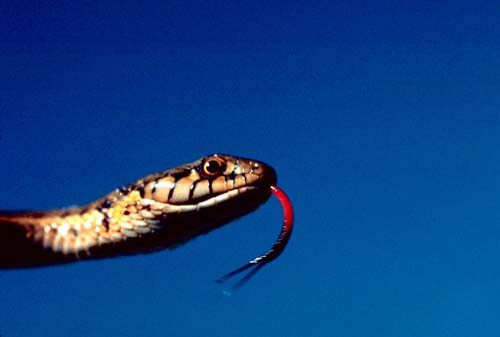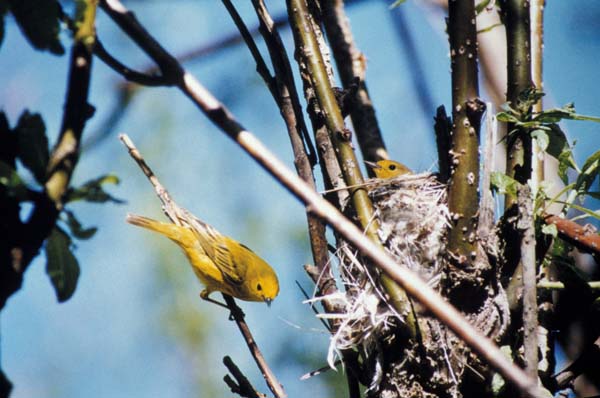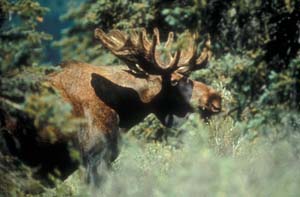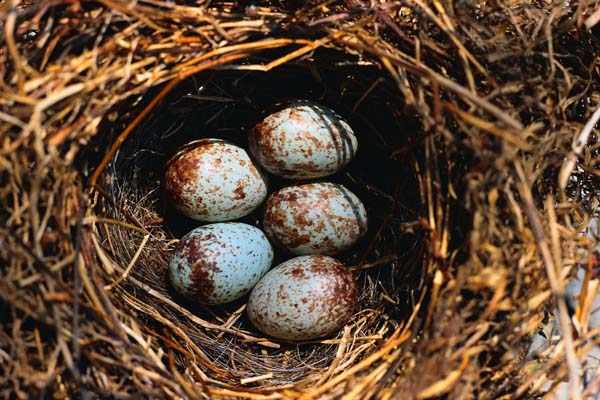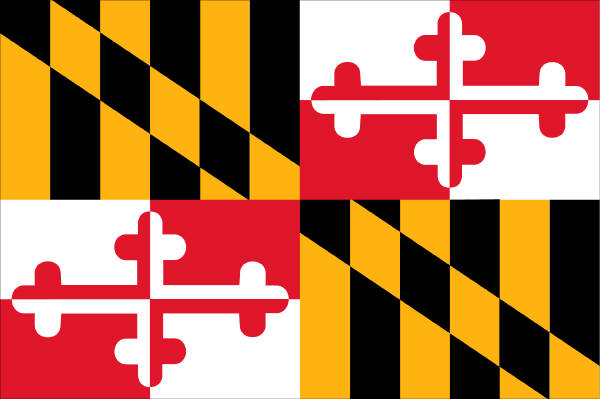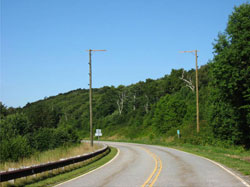 Galaxy Zoo is a series of citizen scientist astronomy projects that unleashed 375,000 volunteers on a database of galaxy images. The original project sought to categorize the shape of one million galaxies. So far 200 million images have been categorized. The project received a lot of media attention, which helped boost participation.
Galaxy Zoo is a series of citizen scientist astronomy projects that unleashed 375,000 volunteers on a database of galaxy images. The original project sought to categorize the shape of one million galaxies. So far 200 million images have been categorized. The project received a lot of media attention, which helped boost participation.
There were stories in Time Magazine, National Public Radio, Wired Science, The New York Times, and many other outlets.
Last week at the AAAS (American Association for the Advancement of Science) conference, Galaxy Zoo founder Chris Lintott offered other scientists tips on how to mobilize their own armies of citizen scientists. Some of the advice included: make sure your interface is bulletproof and offer tools for advanced users. More from the presentation is here.
Not included in the AAAS news story: make it easy, make it fun, and return those phone calls and e-mails from the media. But you already knew that.
Image credit: NASA/JPL-Caltech/ESA/Harvard-Smithsonian CfA

